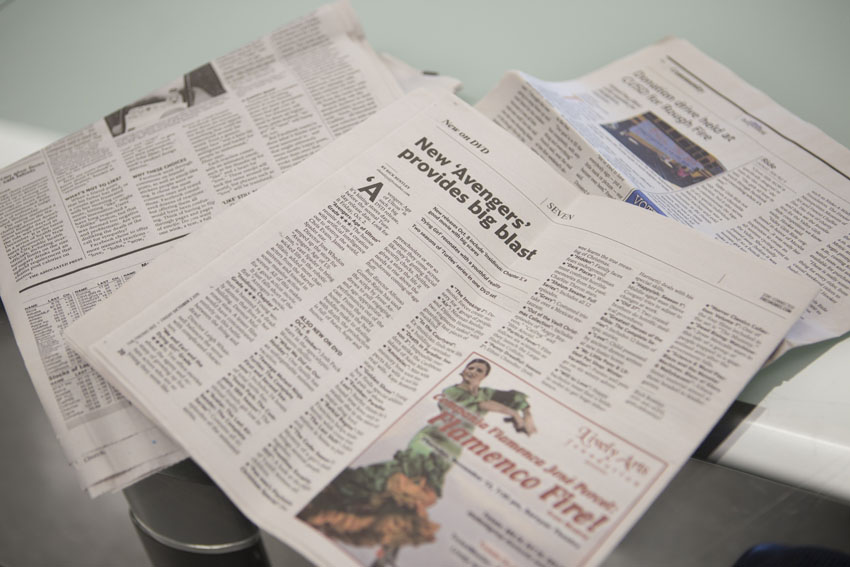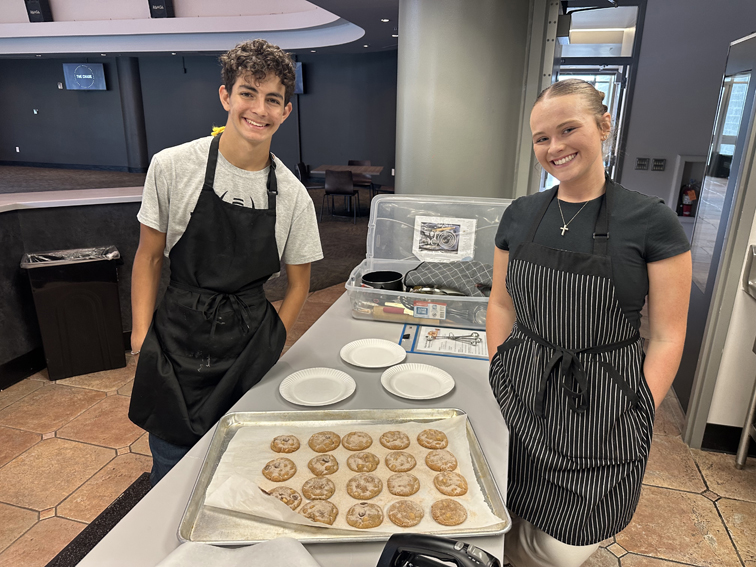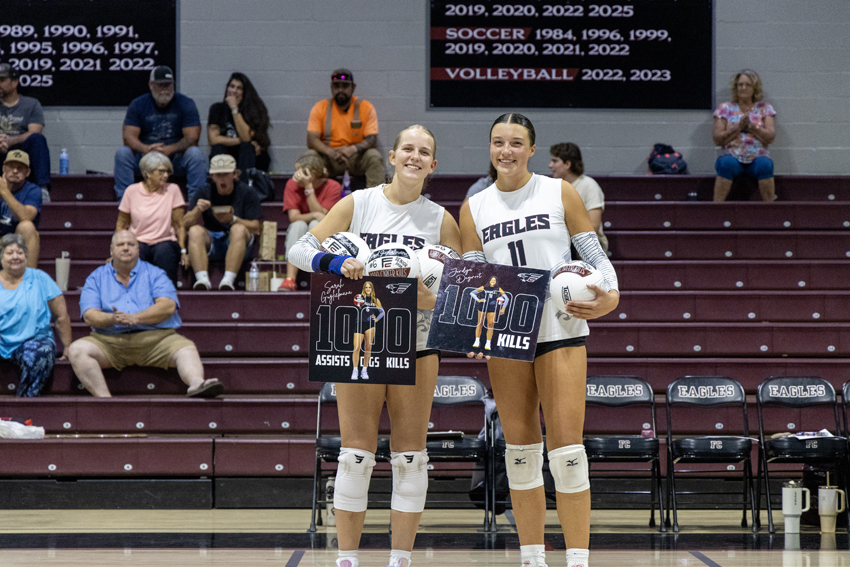Helpful tips provide insight when reading news

In a time when news is so easy to attain, there are times when the information given to the public is not accurate or completely truthful. Lately, many headlines from different news sources have conflicted with each other, and most of the general public has no idea how to separate real news from fake news.
The term ‘fake news’ began to make headlines during the 2016 presidential election, as both parties began accusing the media of reporting false information about their candidates. However, many dismissed this as the candidates attempting to cover up past mistakes.
Despite what many believe, fake news is beginning to become a real problem. Some social media sites, such as Facebook, are now doing their part to stop the spread of fake news.
Facebook will now have pop-up messages that warn users if they are about to share an article that contains false information. While users can still post the content if they choose to do so, it should help slow down the spread of misguided articles.
Sydney Saville, ‘20, believes that what Facebook is doing is right and that websites should stop people from blindly following the headlines.
“I do believe the claims that many media sources are reporting fake news,” Saville said. “I have seen news stories published and then proven false. I see it as a good thing that Facebook is warning users before they share fake news articles. Maybe people will question what they read, as opposed to just accepting it as truth.”
When not on Facebook, though, readers still have to determine if the news they read is reliable. However, there are steps which the reader can take to determine if the information they receive is based on factual information, or if it is twisted to fit the author’s bias.
I do believe the claims that many media sources are reporting fake news. I have seen news stories published and then proven false. I see it as a good thing that Facebook is warning users before they share fake news articles. Maybe people will question what they read, as opposed to just accepting it as truth. — Sydney Seville
For many, fake news can be frustrating. Elizabeth Baker, ‘17, believes it is the media’s job to give reliable information to the public.
“A lot of well-known sources are blurring the line between fact and opinion,” Baker said. “That is to say, a Republican writer will report mainly about what the Democrats are doing wrong, and a Democrat writer will focus on what the Republicans are doing wrong. It’s happening with a lot of online newspapers. But that isn’t what news sources are for. Their purpose is to give factual information.”
Readers should always check the source which the news piece is from. If the source is a well known or an award winning paper or channel, it is likely a good source.
However, the reader should still fact check what they are reading, regardless of the news outlet they get it from. This should especially be done before they share the article on any social media sites, as this could potentially spread the fake news.
Some readers take matters into their own hands when it comes to finding reliable news. While Harjot Chhina, ’19, gets news from popular sources, he is sure to check them with facts he finds elsewhere.

“I personally don’t believe any news source is reliable and I think that if you want to find out the truth, you have to find it yourself,” Chhina said. “I get my news from news channels like Fox News, CNN, as well as online and from other people. When I get some news from these channels or these sources I will search them up myself and will see what is going on.”
“The news makes a lot of people believe in a lot of things that are not true,” Chhina continued. “But the people believe it because they don’t know any better. It’s like a teacher teaching their students. If the teacher teaches the right thing, the students will do the right thing, but if the teacher teaches the wrong thing, the students will believe the teacher and will do the wrong thing without knowing it.”
Another way to determine if news is legitimate is to check the sources the article used. Most reliable networks will have multiple links about the information they are writing about. If an article has no links, there is a good chance that the information is fabricated.
If the reader is still unsure if the news is real, they can always check to see who the author of the article is. Doing additional research on the author can help the reader determine if the news is authentic.
How do you know if your news is authentic? Let us know in the comments below.
For more top 5 articles read, Kathy Pierce celebrates 30 years during FC’s 40th anniversary.
This author can be reached via Facebook, Instagram and Twitter.




